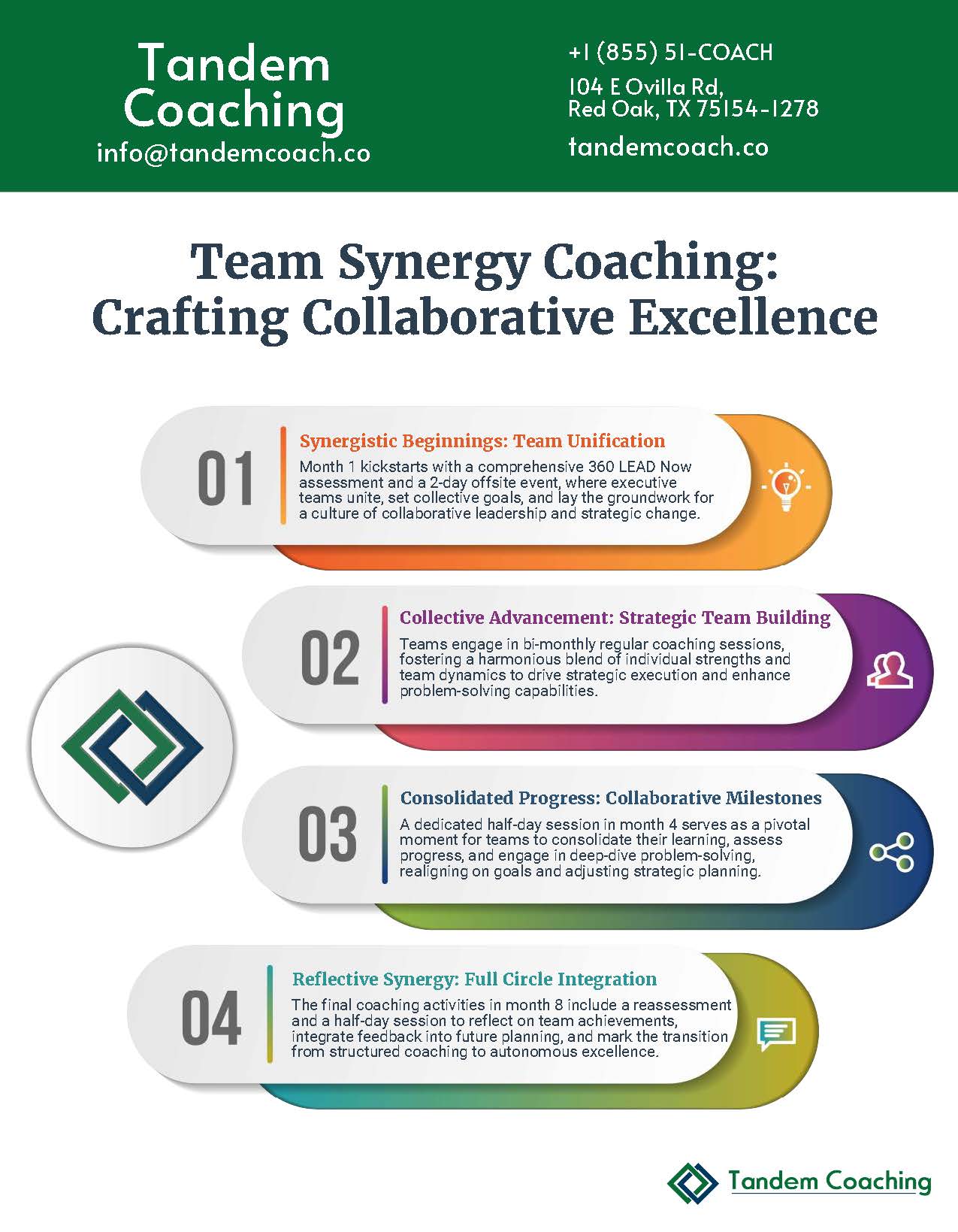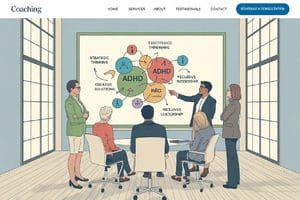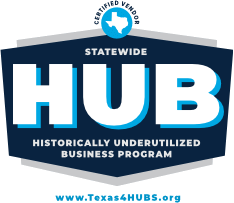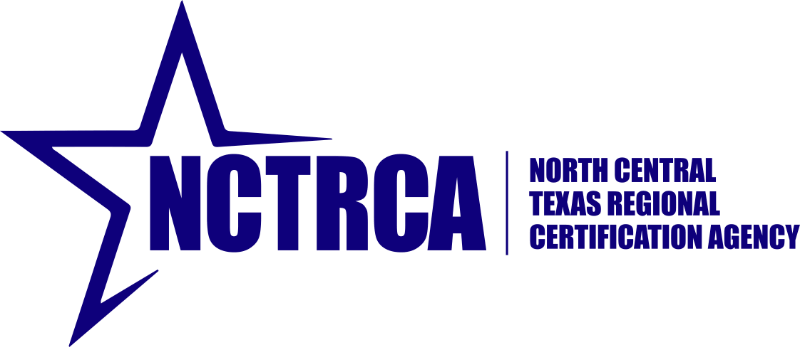In today’s competitive business environment, the performance of your leadership team can make or break your organization’s success. Yet, according to a recent study, nearly 80% of companies report a leadership development gap, and a staggering 71% of respondents do not trust their leaders’ capability to take their organization to the next level.
A structured leadership team development process is essential for transforming your team’s dynamics, enhancing performance, and driving organizational growth. This comprehensive guide will take you through the key aspects of developing a robust leadership team, highlighting the benefits, activities, and steps necessary to create a successful development plan.
TL;DR – How to Develop a Leadership Team
Here’s a quick overview of how to develop a leadership team. We’ll discuss it in more detail below.
The four essential elements of leadership team development are:
- Assess Team Needs
- Design Development Activities
- Implement and Monitor
- Evaluate and Refine
We have covered all of these in detail below.
At Tandem Coaching, we are here to help. Reach out to us so we can unify and elevate your team’s performance with better synergy, conflict resolution, adaptability, and agility.

What is Leadership Team Development?
Leadership team development is a strategic approach to enhancing the capabilities and performance of an organization’s leadership group. It involves identifying leadership challenges and skill gaps, providing targeted training, fostering collaboration, and promoting continuous learning. The ultimate goal is to create a cohesive and high-performing leadership team to drive the organization toward its strategic objectives.
Since every year a company delays leadership development costs them 7% of their total annual sales, it is a matter of urgency to get started on creating a custom leadership team development plan.
Benefits of Leadership Team Development
Why should you develop your leadership team? Here are some benefits to consider:
- Enhanced Collaboration: A structured development process fosters better communication and collaboration among team members, leading to more effective decision-making. Leaders today need to adapt to succeed in an ever-changing environment.
- Improved Performance: Targeted training and development activities enhance the skills and competencies of the leadership team, resulting in improved overall performance.
- Increased Innovation: A well-developed leadership team is better equipped to drive innovation and adapt to changing market conditions.
- Stronger Organizational Culture: Leadership and team development promotes a positive and supportive organizational culture, which can improve employee engagement and retention.
- Better Succession Planning: Developing your leadership team ensures a pipeline of capable leaders ready to step into key roles as the organization grows.
Leadership Team Development Activities
Let’s have a look at some activities you can undertake to develop your leadership team:
- Workshops and Seminars: Provide foundational knowledge and skills on key leadership topics.
- Team-Building Exercises: Strengthen relationships and foster trust among team members.
- Coaching and Mentoring: Offer personalized guidance and feedback from experienced leaders and highly qualified coaches.
- Experiential Learning: Implement real-world projects and assignments to apply leadership skills in practical settings.
- Peer Learning Groups: Facilitate peer-to-peer learning and knowledge sharing as we do with our Masterminds at Tandem Coaching.

Steps to Create a Leadership Team Development Plan
Ready to create your leadership team development plan? Here are the steps you need to take:
- Assess Organizational Needs: Start by identifying the leadership skills and competencies critical for achieving your business goals.
- Identify Team Strengths and Weaknesses: Conduct assessments to determine your leadership team’s current capabilities and identify areas for improvement.
- Set Development Goals: Establish clear and measurable goals for your leadership development and team-building initiatives.
Measure progress in the following areas:
- Employee Engagement
- Retention, Turnover, & Promotion
- Manager Effectiveness
- Behavior Change
- Design a Development Program: Create a comprehensive development program that includes a mix of training activities, coaching, and experiential learning opportunities.
- Implement the Plan: Execute the development plan and ensure all team members are engaged and committed to the process.
- Monitor Progress: Continuously monitor the progress of your development initiatives and gather feedback from participants. Remember to focus on employee engagement, retention, turnover, promotion, manager effectiveness, and behavior change.
- Evaluate and Adjust: Regularly evaluate the effectiveness of your development activities and make necessary adjustments to improve outcomes.

How to Develop a Leadership Team in an Organization
After you finish your plan, it’s time to take action! Developing a leadership team within an organization should be done using various development tools. These typically include workshops, masterminds, coaching, and mentoring.
Workshops are used to teach technical skills, whereas masterminds are an opportunity for leaders to exchange experiences and build their networks. Coaching is usually done one-on-one and aims to develop the leader’s soft skills. Mentoring is different from coaching in that it is more directive. The mentor usually has more experience working in the same field as the mentee. They advise the mentee on industry-specific points, give them access to useful resources, and introduce them to the right people.
The success of leadership team development depends largely on the team’s engagement and enthusiasm. They have to drive their development. For this reason, it is helpful to encourage continuous learning and development by promoting a culture that values personal and professional growth.
Lastly, you’ll want to know how successful your leadership development is. It pays to use key performance indicators (KPIs) and other metrics to measure the success of your development initiatives. Regularly review progress and make adjustments as needed.

Our Leadership Team Development Process
Our Leadership Team Development process at Tandem Coaching is designed to transform your leadership group into a high-performing team capable of driving organizational success.
Our process includes the following steps:
1. Initial Assessment
We begin with a thorough assessment of your leadership team’s current capabilities and identify areas for improvement using a 360-degree leadership assessment. We then interview each leader in the team and several of the stakeholders they work most closely with—direct reports, peers, and line managers—to determine congruency. How aware is each leader of the image they project?
2. Customized Development Plan
Based on the 360 assessment results, we create a customized development plan tailored to the specific needs and goals of each member of your team. This plan guides the progress of each cohort member over the next five months as we lay out an individual growth journey for each.
3. Development Journey
In this stage, selected leaders commence their structured development journey. Over the course of five months, participants take part in executive coaching sessions and mastermind group meetings. These activities are designed to enhance strategic leadership abilities and foster a collaborative atmosphere conducive to personal and professional growth. The objective is to develop crucial leadership skills and prepare individuals for greater responsibilities.
4. Review and Refine
As leaders advance, the emphasis transitions to honing and perfecting their skills. This phase involves reassessing their leadership abilities, allowing participants to reflect on their experiences, evaluate their growth, and refine their goals with practical insights. Leaders are encouraged to learn from both their successes and failures, continuously striving for improvement. Reflective mastery helps leaders gain a deeper understanding of their leadership style and adapt it to various situations.
5. Consolidating Growth
In the final phase, the accomplishments of each of the leaders are acknowledged and celebrated through a graduation event. Recognizing these achievements highlights the importance of development efforts and inspires others in the organization to embark on their own leadership journeys. It also reinforces the leaders’ dedication to their roles and the organization. Leaders review their progress and measurable outcomes, then solidify their future plans for continuing to apply their learnings into effective leadership actions.

Frequently Asked Questions (FAQs)
Here are some questions we frequently get about Leadership Team Development:
What are the Costs Associated with this Program?
The costs associated with a leadership team development program can vary widely depending on the initiatives’ scope and scale.
Factors influencing cost include the type of training activities, the duration of the program, and the use of external coaches or consultants. It’s important to view this investment as a long-term benefit to the organization, as effective leadership development can lead to significant improvements in performance and growth.
Contact us at Tandem Coaching to determine the scope and cost of your Leadership Team Development Program.
How Can Leadership Team Development Benefit Organizational Culture?
Leadership team development can have a profound impact on organizational culture. By fostering better communication, collaboration, and trust among the leadership team members, it sets a positive example for the rest of the organization.
This, in turn, can lead to a more engaged and motivated workforce, lower turnover rates, and a stronger alignment with the company’s values and goals. A culture that emphasizes continuous learning and development is also more adaptable and resilient in the face of change.
What Techniques Are Commonly Used in Leadership Team Development?
Common techniques used in leadership team development include:
- Workshops and Seminars: Provide foundational knowledge on key leadership topics.
- Team-Building Activities: Strengthen relationships and build trust among team members.
- Coaching and Mentoring: Offer personalized guidance and support from experienced leaders.
- Experiential Learning: Implement real-world projects and assignments to apply leadership skills.
- Peer Learning: Facilitate knowledge sharing and collaboration through peer learning groups.
At Tandem Coaching, we believe in a blended approach of various tools based on your needs and goals, as determined in the initial assessment. Ready to start the process? Get in touch now.
Can Leadership Development Coaching Be Customized for Different Organizational Needs?
Yes, at Tandem Coaching, we believe that leadership development coaching should be customized to meet the unique needs and goals of different organizations. That’s why we start our Leadership Team Development Process with a detailed assessment of each participant.
Each organization has its own culture, goals, and challenges, and a one-size-fits-all approach is unlikely to be effective. Customized coaching considers the organization’s specific context and the individual development needs of its leaders, ensuring that the coaching program is relevant and impactful.
Conclusion
Creating a structured leadership team development process is essential for transforming your team’s performance and driving organizational success.
By assessing needs, designing targeted development activities, and continuously monitoring progress, you can build a high-performing leadership team capable of navigating challenges and seizing opportunities.
Investing in team leadership development enhances individual capabilities and strengthens the overall organizational culture, paving the way for sustainable growth and success. Start your journey today and unlock the full potential of your leadership team.
We are looking forward to hearing from you. Start your leadership team development journey at Tandem Coaching now! Get in touch.



Boost Your Leadership Team Success!
Take your leadership team to the next level and achieve great results with our executive coaching.
Learn how our coaching and ASPIRE method can change things for you—get a free brochure to begin your journey.
About the Author
Cherie Silas, MCC
She has over 20 years of experience as a corporate leader and uses that background to partner with business executives and their leadership teams to identify and solve their most challenging people, process, and business problems in measurable ways.





![Why is Leadership Development Important? [Quick Answer]](https://cdn.tandemcoach.co/wp-content/uploads/2024/08/TC-215.jpg)









